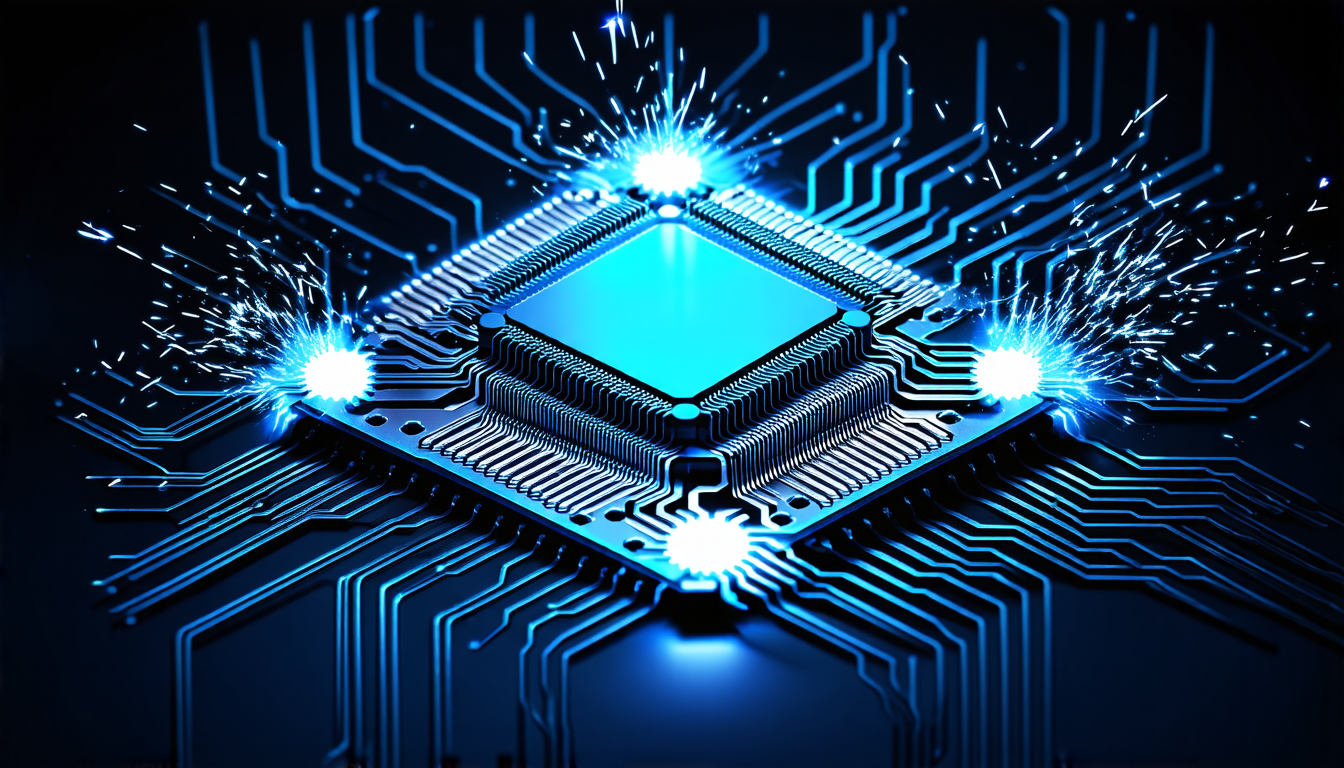Friday 31 January 2025
A new era in computing has dawned, one where powerful processors can fit into tiny devices and perform complex tasks with ease. This achievement is made possible by a revolutionary microarchitecture called Saturn, designed specifically for short-vectors – a type of processing that enables fast and efficient execution of data-parallel computations.
Traditionally, vector processing units were limited to long-vectors, which required significant resources and were often used in high-performance computing applications. However, with the rise of mobile devices and embedded systems, there is a growing need for compact and power-efficient processors that can handle short-vector operations. Saturn fills this gap by providing a unique architecture that balances performance, area, and power consumption.
Saturn’s design is centered around a novel sequencing microarchitecture that enables efficient execution of short-vectors. This approach allows the processor to quickly fetch and execute instructions, making it well-suited for applications that require rapid data processing. The microarchitecture also features a decoupled access/execute (DAE) mechanism, which separates memory access from instruction execution. This design choice reduces dependencies between instructions, enabling better resource utilization and improved performance.
In addition to its unique sequencing microarchitecture, Saturn boasts a compact register file and vector functional units that are optimized for short-vectors. The processor’s load-store unit is designed to minimize memory traffic and improve cache locality, further enhancing performance and power efficiency.
Saturn has been evaluated using various benchmarks, including the widely used SGEMM kernel, which demonstrates its ability to achieve competitive performance compared to long-vector microarchitectures. The processor’s compact design also makes it an attractive option for embedded systems and mobile devices, where power consumption is a significant concern.
The implications of Saturn’s design are far-reaching, enabling the development of more efficient and powerful processors that can be integrated into a wide range of applications. As computing becomes increasingly ubiquitous in our daily lives, Saturn’s innovative architecture will play a critical role in shaping the future of processing technology.
Cite this article: “Saturn: A Microarchitecture for Efficient Short-Vector Processing”, The Science Archive, 2025.
Microarchitecture, Short-Vectors, Vector Processing, Saturn, Processor Design, Power Efficiency, Compact Design, Embedded Systems, Mobile Devices, Parallel Computations.







